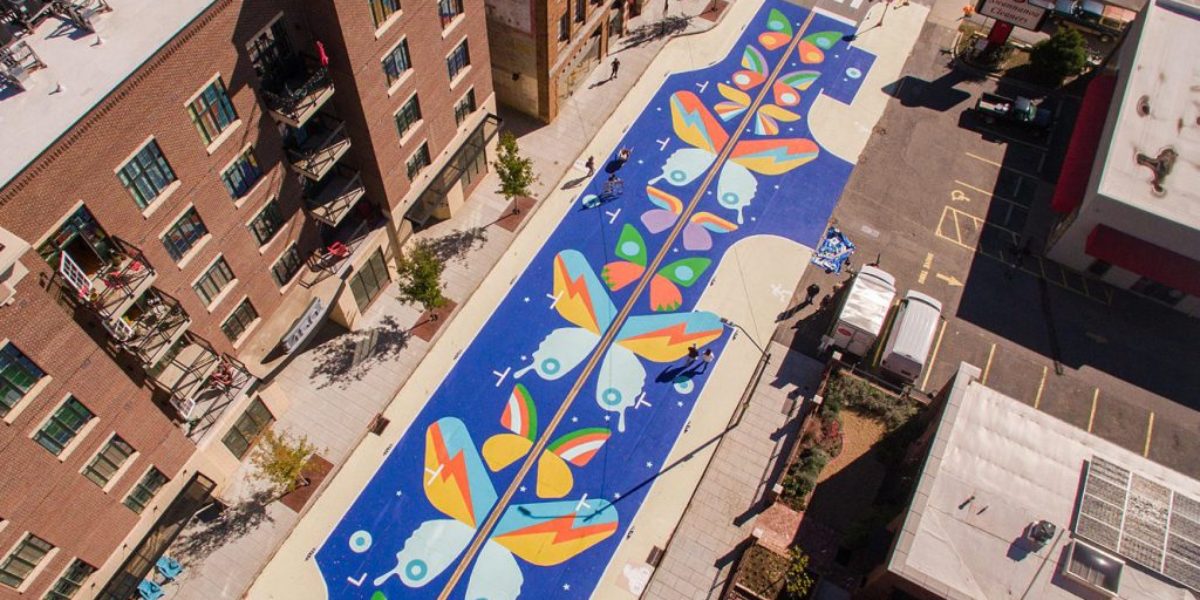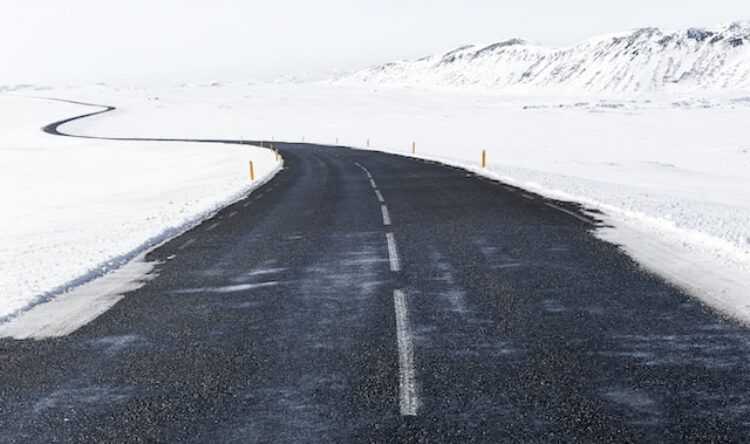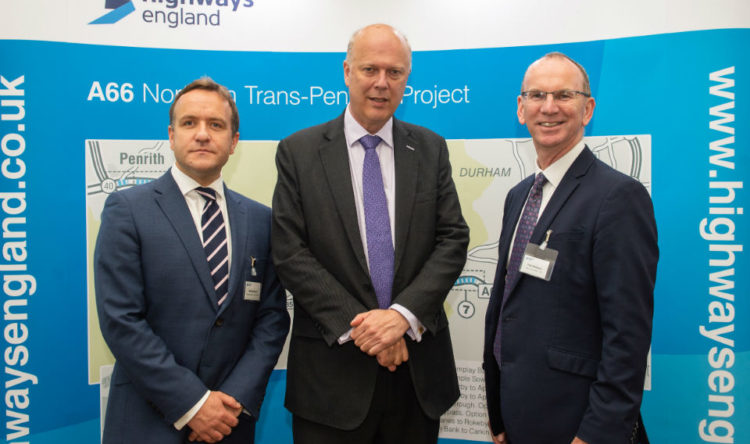Painting our way to safer streets
Colourful junctions and crossings save lives
Colourful road markings at junctions reduce casualties at road junctions.
These research results have led Bloomberg Philanthropies to award 20 European cities with as much as $25k for arts-driven street designs.
This is an expansions of the Asphalt Art Initiative, which during 2020-21 handed out 45 grants. Thes pilot projects can be found in 41 US cities and four European cities. These include intersections, road crssin art and painted pavements. Designed by local community artists, the designs add colour but, more importantly, imporve road safety.
Painting positives
Studies have now taken place using historical data of crash rates, as well as real time behaviour analysis of road traffic and pedestrian behaviour. The analysis finds a dramatic reduction in motor vehicle crash rates. This includes a 50% drop in collisions involving pedestrians or cyclists. There was also a 37% drop in crashes with injuries.
Furthermore, there was a 25% drop in the rate of conflicts between drivers and pedestrians. Drivers were also more likely to yield to pedestrians with a a right of way by 27%.
Crossing the lines
The Asphalt Art Safety Study suggests that road user behaviour improved across the study sites. But also pedestrians crossing marked crosswalk locations and crossings also improved their behaviour. Crossings against signals, such as at pedestrian crossing sites, dropped from 27% to 17%. Even at unsignalled intersections, just 1% of people crossing the street did so outside the marked crossing.
The promising finding will inform ongoing discussions on roadway engineering. The study provides data-driven evidence cities can use to make the case for their own arts-driven transportation projects.
Janette Sadik-Khan, principal for transportation at Bloomberg Associates was the former commissioner of the New York City Department for Transportation. “No matter how vibrant your city is, chances are your streets are still stuck in monochrome: endless expanses of asphalt and concrete that aren’t just lifeless, but often life-threatening”.
She adds that “safer, sustainable streets don’t need to cost millions”.
“We can paint the cities we want to see today.”






